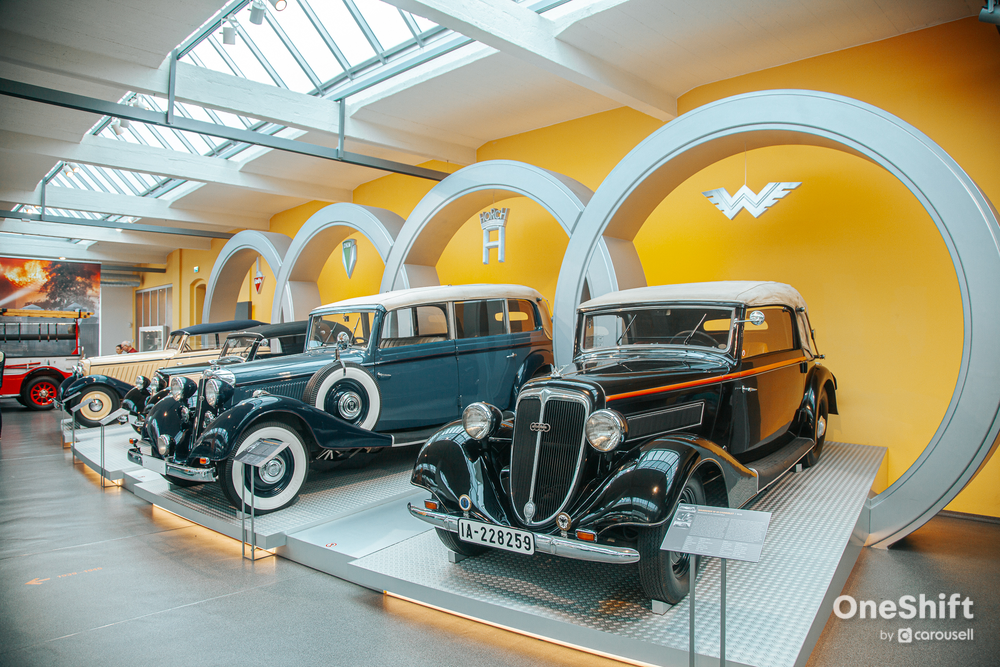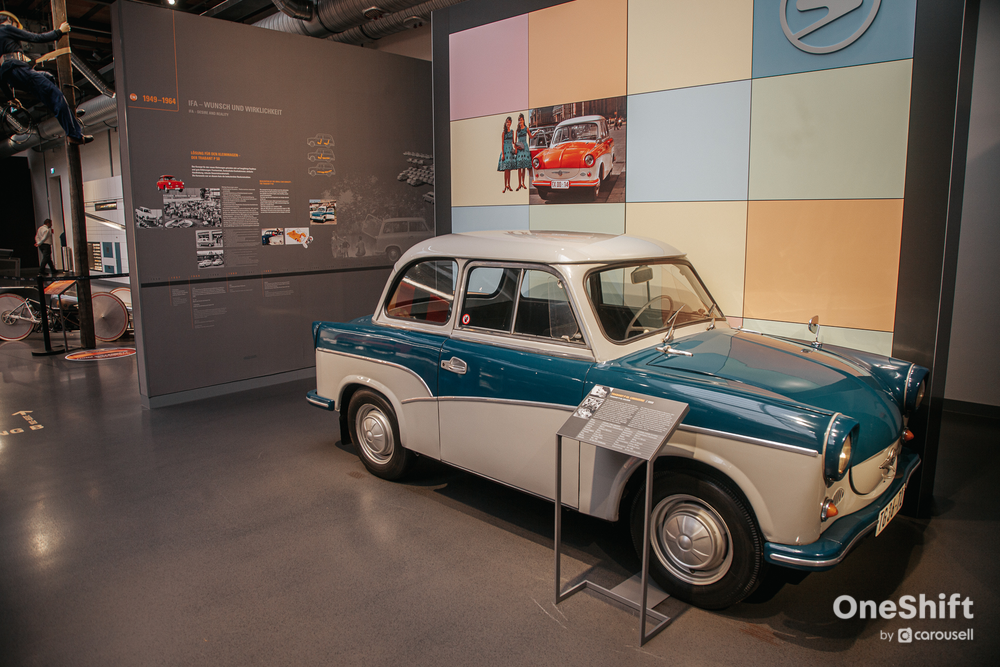The Birthplace of Audi: Visiting the August Horch Museum in Zwickau
At the grounds of the very first Audi factory is a treasure trove of automotive history.







Driving to the August Horch Museum was pretty special. Why? Because we were going down Audistrasse - translated to Audi Street - the very place where the first ever Audi factory was located at. It is literally the birthplace of the multi-billion dollar carmaker that today is one of the major industrial powerhouses of Germany.

You may wonder how the Horch brand is related to Audi. August Horch was one of Germany's foremost automobile engineers in the 19th century and founded A.Horch & Cie. in Cologne. However, due to disagreements with the board, he left the company named after himself and started another - a Latin translation of Horch - which is Audi.

The next development of Audi’s history comes with the merger of four automobile manufacturers based in the German state of Saxony: Audi, DKW, Horch and Wanderer. They became Auto Union AG, then the second-largest motor vehicle manufacturing group in Germany. Each of the brands held a unique place in the market. DKW (short for Dampfkraftwagen – steam-driven vehicle) was well-known for its front-wheel drive mass market vehicles. Wanderer took charge of the mid-range cars of the market, while Horch and Audi were synonymous with premium quality and cutting-edge technology.

With WWII, it was as if a pause button was pressed. Buit things soon started up after. Interestingly, during the post-war era, the Audi factory site at Zwickau produced the Trabant - an important automobile to East Germany that was the equivalent of the Beetle in West Germany. The Trabant was so named as it meant ‘companion’ or ‘satellite’, in homage to the Soviet space programme of the era.

Today, Volkswagen cars like the ID.3, ID.4 , ID.5, the Audi Q4 e-tron and the Seat Cupra Born are produced in Zwickau.
Here are some of our highlights of the August Horch Museum:
The Horch Villa

This is not a car but actually the personal residence of August Horch and his family, which was built between 1910 and 1912. It was located just next to the grounds of the first Audi factory and was very large and spacious. Restored with period appropriate furniture, it opened to visitors from 2005 onwards.
Horch 851 Pullman Saloon (1935)

This top-end product of Auto Union differed from basic versions by its double bumpers, round chrome headlamps and big wheel caps. Powered by a 5-litre inline-eight engine, it had unique luxurious features for its time, such as a foot heater.
Trabant P50 Saloon (1958)

The Trabant was known as the P50 before it had its Trabant name, christened after the Soviet Sputnik satellite. Its body frame were Duroplast components mounted on a steel body frame which was a step up from its wooden framed predecessor. With a 500 cc 18 hp engine, the car had a top speed of only 80 km/h. However, the Trabant became immensely successful and by 1973 more than 1 million Trabants had been sold.
Sachsenring P240 Repraesentant (1969)

Designed for military parades, the Repraesentant was made by two Horch P240 chassis frames fitted with newly designed car bodies made of polyester resin. Only two were ever made.
VW Golf III City Stromer (1994)

This curious electric vehicle was produced in small batches between 1993 and 1995 in Zwickau. Based on the Mk3 Golf, it was equipped with a water-cooled electric motor and 16 battery modules that had a 3 year warranty. However, the car only had a range of 50-90 kilometres and required 8 hours of charging, putting paid to its ambitions to be an everyday EV for the masses.
VW Passat B5 (1999)

In 1995, Ferdinand Piech decided to start producing the Golf and the Passat at Zwickau. This example shown here is the 1 millionth Volkswagen made in Saxony, the state where Zwickau is located. A total of 1.3 million B5 Passats were made in Zwickau eventually.
VW Phaeton Project (2006)

Being able to withstand assaults with calibre 7.62 x 51 mm ammunition from a distance of up to 10 metres, the armoured W12 Phaeton was provided to the vehicle fleet of the Prime Minister of Hessia by Volkswagen. It weighed 4.4 tons. After decommissioning, the car was used for bullet-proof testing, hence the bullet marks on the car.
Photos by James Wong
---
Browse Carousell Certified used cars here or if you need help with any part of the car-buying process, check out Carousell’s Car Buying Personal Assistant!


Get the Best Price for your used car
from 500+ dealers in 24 hours

- Convenient and Hassle-Free
- Consumer Protection
Transparent Process
With No Obligation













